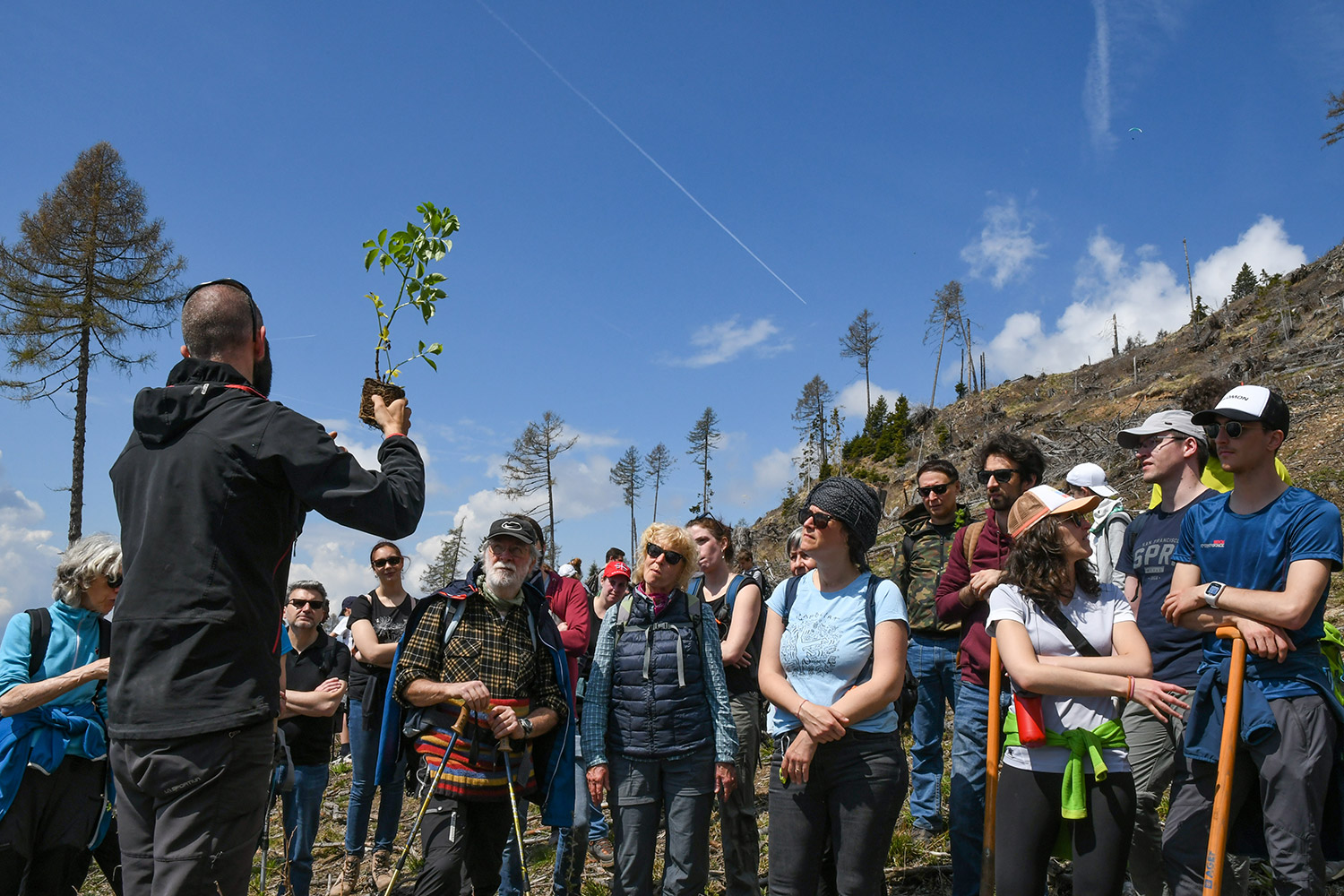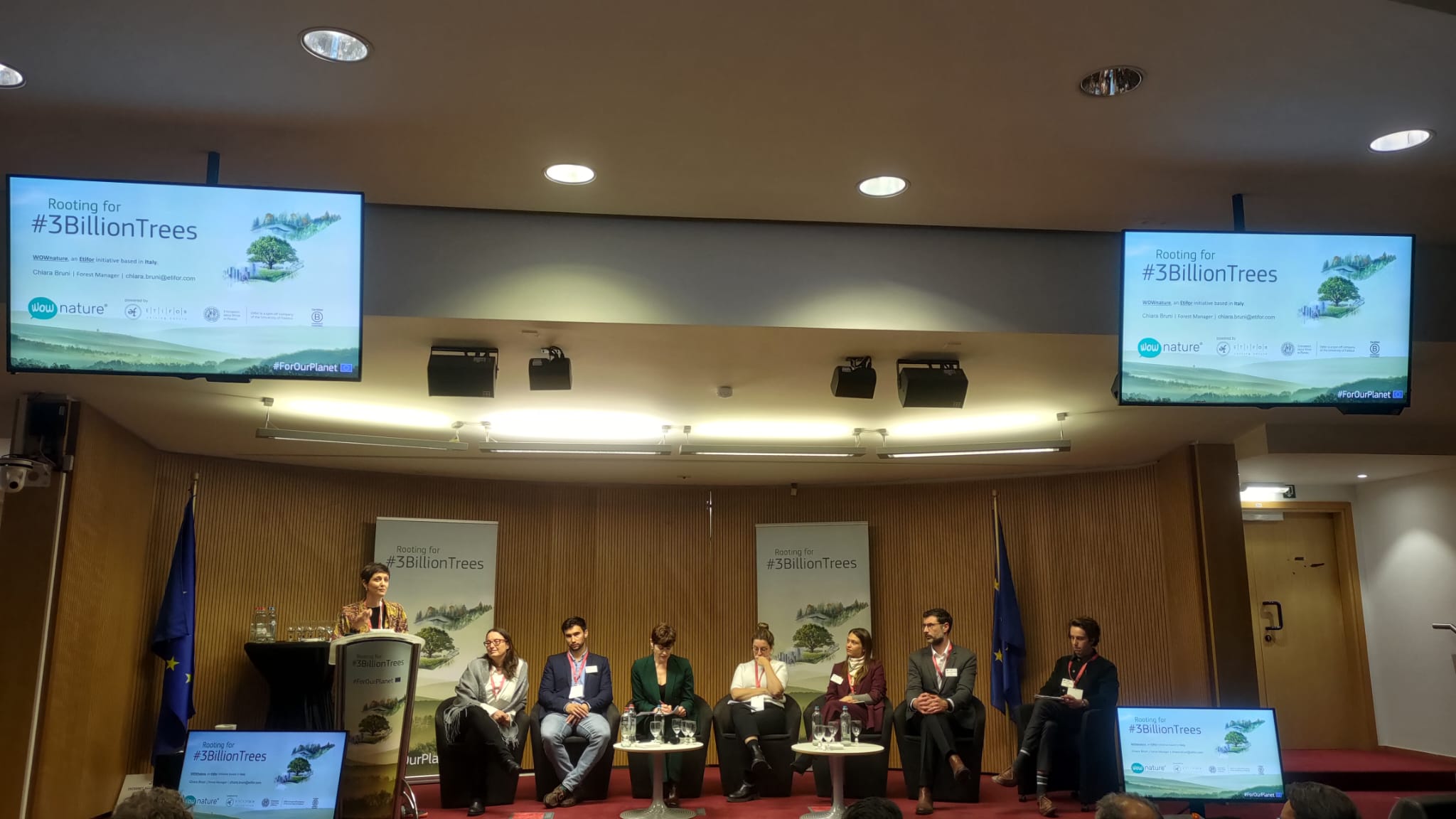
What is the Carbon Footprint?

- ,
- , Blog for people
Do we really know what is good for the planet?
Seven out of ten people think they know which behaviours help reduce CO₂ emissions. Yet the data tell a different story.
According to research by Ipsos, there is a big discrepancy between what we perceive as helpful for the climate and what really is.
For example:
– Recycling is often seen as the most effective action, but in reality it is only ranked sixth with a saving of about 0.2 tonnes of CO₂ per year.
– Buying an electric car is second in perception, but only fourth in real effectiveness and saves about 2.4 tonnes of CO₂ per year.
– Avoiding an intercontinental flight, on the other hand, is highly underrated, but is the second most effective action, saving up to 1.6 tonnes of CO₂.
Many actions that seem “green” to us have little impact. This is not to say that they are useless, but that there is a need for clarity about which choices really make a difference.
What is the Carbon Footprint?
The carbon footprint, or carbon footprint, is an indicator that measures how much CO₂ we generate through our lifestyle. It distinguishes between direct emissions, such as the use of cars, heating and electricity, and indirect emissions, which are linked to the production and transport of the goods we consume, such as food, clothing or electronic devices.
On the web you will find several sites to calculate your carbon footprint. Just enter some information about your home, your travel, your diet and your consumption style. The result gives you an estimate of your climate impact, expressed in tonnes of CO₂ equivalent per year.
The Carbon Footprint should not be confused with the Ecological Footprint, which is a broader indicator and also considers the consumption of land, water and natural resources.
Where to start to reduce your footprint?
To really reduce your footprint, you need hard choices. Turning off the lights at home is fine, but we can do more. You don’t need to change everything in a day, but start with what is within your reach. Avoid unnecessary flights whenever possible, use your private car less or consider sustainable mobility alternatives, reduce consumption of meat and dairy products that have a high carbon footprint or choose renewable energy suppliers. Even just measuring your carbon footprint can help you understand where you are impacting the most and where you can improve. Keeping track of it is also a great way to assess your progress.
Beyond individual choices: the role of the community
Reducing emissions is important, but we do not live in isolation. Each of us also has an impact as citizens and as part of a community. This is why it is essential to support policies and administrations that put the climate at the centre, and to support initiatives that regenerate ecosystems and absorb CO₂.
Planting trees is certainly one of the most immediate actions with a concrete impact. As they grow, trees accumulate carbon and store it for decades. But it does not end there, trees have many other functions: they protect the soil, enhance biodiversity and make cities more liveable. But it is important that they are planted in the right places, with the right species suited to the context, and that they are monitored to ensure the growth of the new forest.
Watch the full video
Understanding what the carbon footprint is is the first step to making more conscious choices, in our lifestyle and collective decisions. Watch the video ‘What is Carbon Footprint?’: you will find out which actions are most effective to reduce emissions, why perceptions often deceive us and how to calculate your footprint in a few minutes. And if you want to take action, as always, we are waiting for you in the forest. Every tree makes a forest stronger and helps absorb CO₂.
SHARE
Other posts


What role do trees play in relation to water?

Sustainable gifts: sustainable gift ideas that respect the environment

Why do forests make us feel good?

WOWnature: Italian leader in the European “3 Billion Trees” campaign



